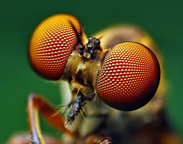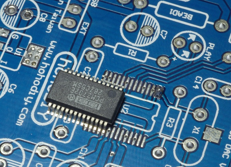[1]'s Gain: 0.51dB
[3]'s Gain: 0.21dB
[2]'s Gain: 0 dB

Image Super-Resolution Method via Feature-Based Affine Transform Patch Representation
Department of Electrical Engineering
National Tsing Hua University
Hsinchu 30013, Taiwan
Abstract
This paper proposes a novel image super-resolution framework via affine transform and feature extraction. Most learning-based image super-resolution methods require a comprehensive dataset to improve the quality of the reconstructed image. By exploiting different scales and orientations in an image, the dataset should be able to involve more comprehensive content. However, the larger dataset results in very high complexity and memory requirement so that the implementation is impossible. Therefore, we adopt SIFT (Scale-invariant feature transform) to extract the important features with multiple scales and orientations. Consequently, the number of features is much less than that of patches for a comprehensive dataset. Once the matched features of patches are found, the found HR patch will be transformed using homograph matrix. After that, we can integrate the proposed method with various super-resolution methods to improve their performance. Experimental results demonstrate that the proposed method can achieve significant subjective and objective improvement over state-of-the-art image super-resolution methods.
Key words: Super-resolution, affine transform, homograph, feature extraction.
Executable code (Matlab): Download
Experimental Results
|
[1]'s Gain: 0.51dB [3]'s Gain: 0.21dB [2]'s Gain: 0 dB |
 |
|
[1]'s Gain: 0.72 dB [3]'s Gain: 0.87 dB [2]'s Gain: 0.44 dB |
 |
|
[1]'s Gain: 0.76 dB [3]'s Gain: 0.66 dB [2]'s Gain: 0.30 dB |
 |
|
[1]'s Gain: 0.55 dB [3]'s Gain: 0.32 dB [2]'s Gain: 0.07 dB |
 |
|
[1]'s Gain: 0.35 dB [3]'s Gain: 0.16 dB [2]'s Gain: 0.07 dB |
 |
Test image 6
|
[1]'s Gain: 0.40 dB [3]'s Gain: 0.23 dB [2]'s Gain: 0.17 dB |
 |
Test image 7
|
[1]'s Gain: 0.74 dB [3]'s Gain: 0.21 dB [2]'s Gain: 0.17 dB |
 |
